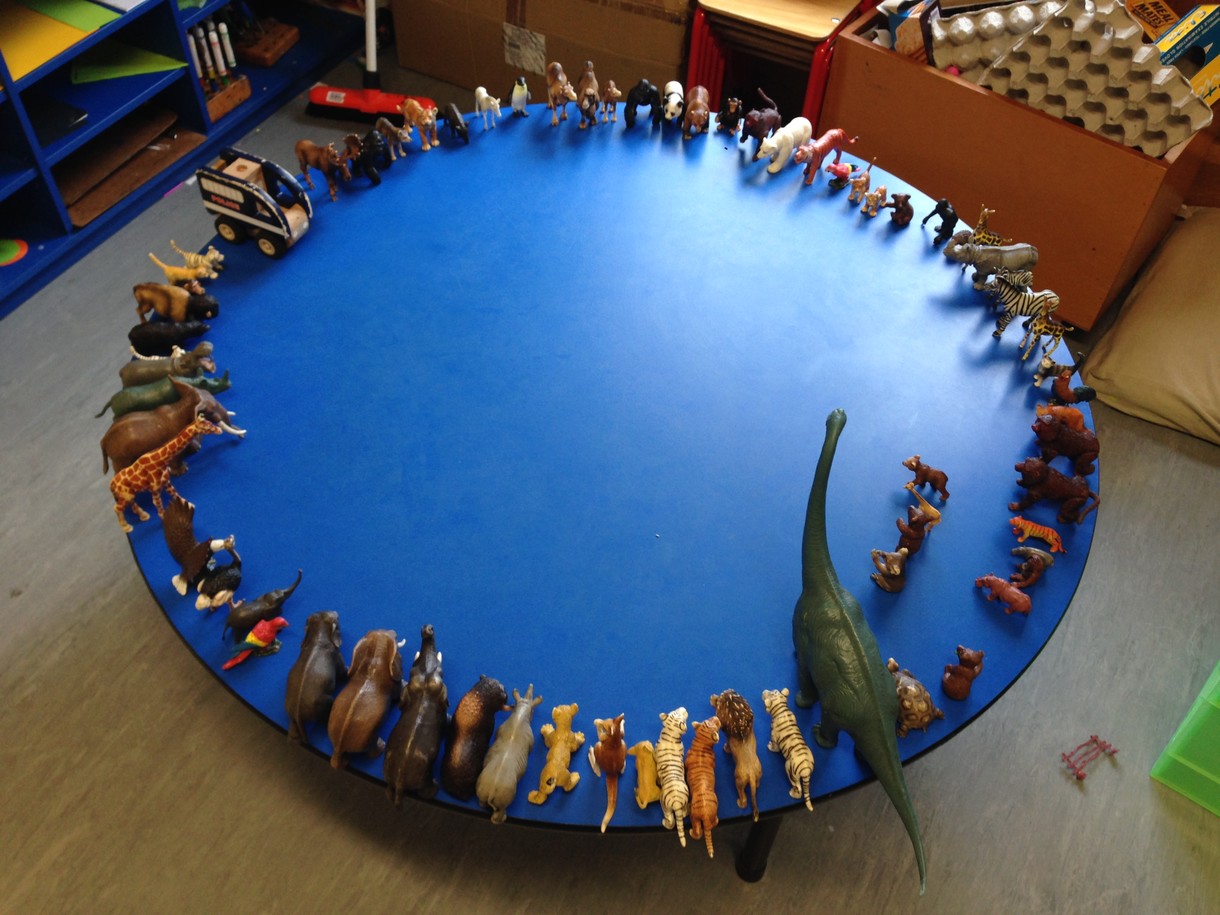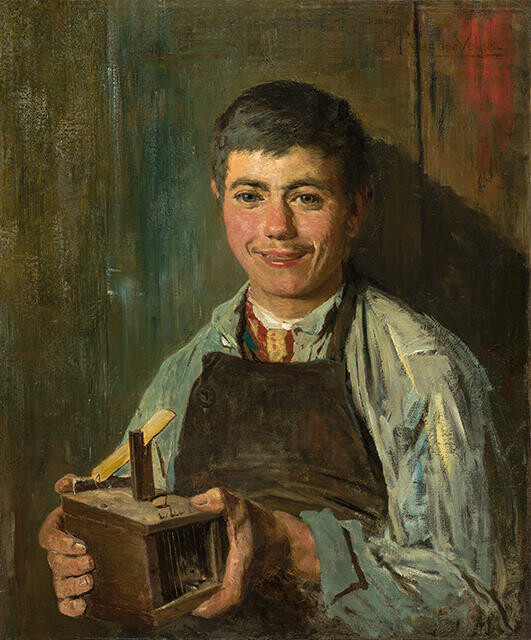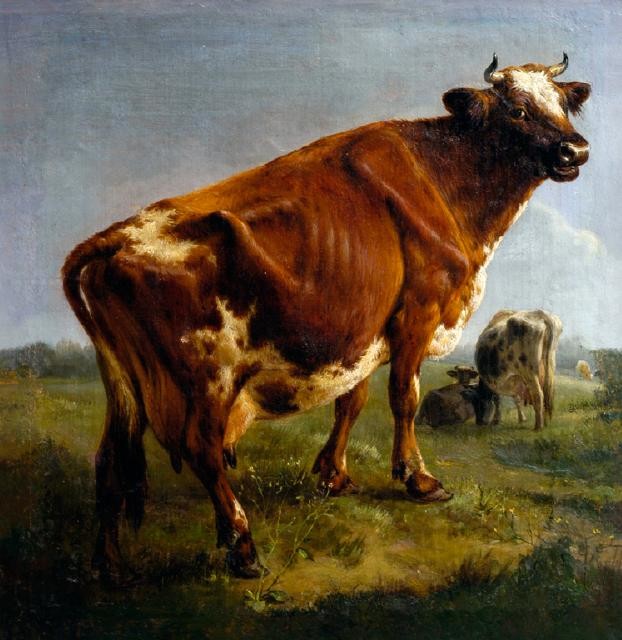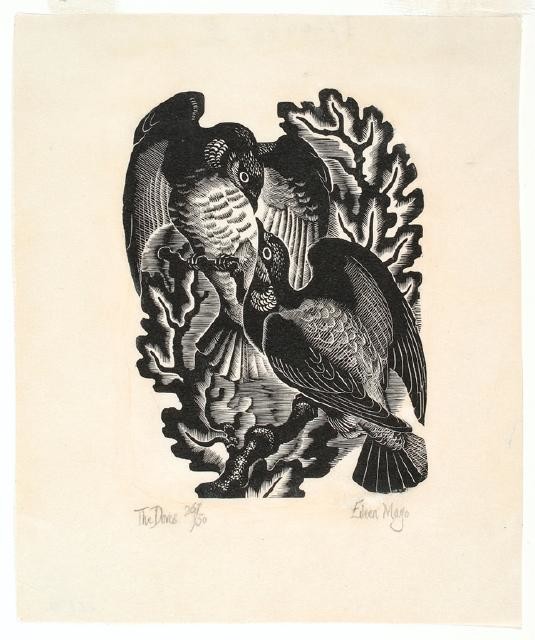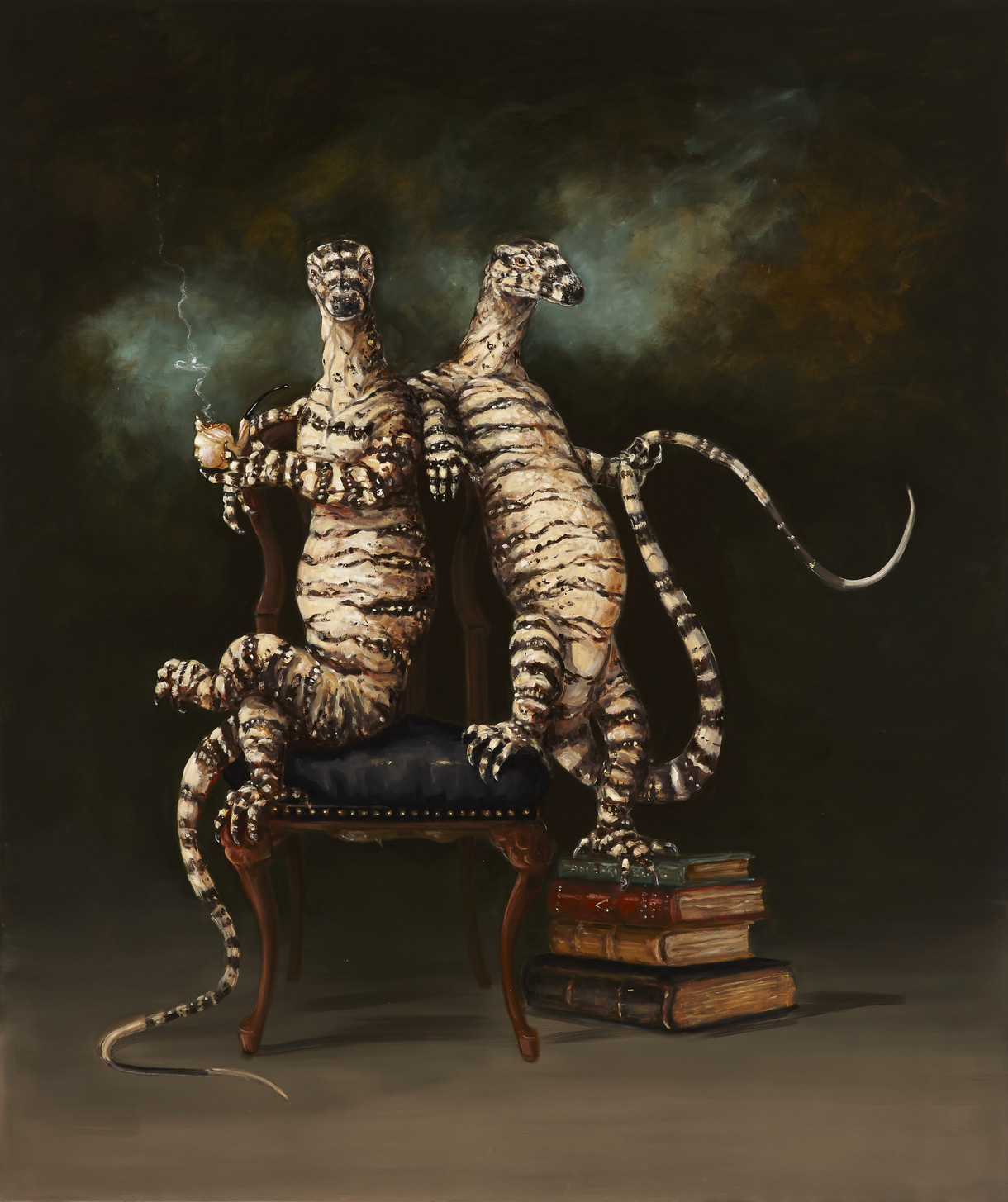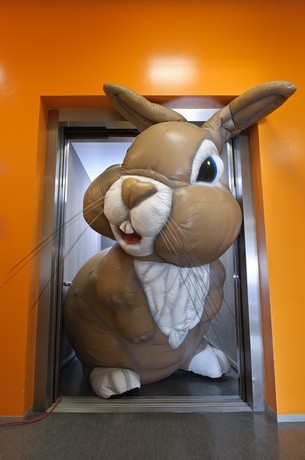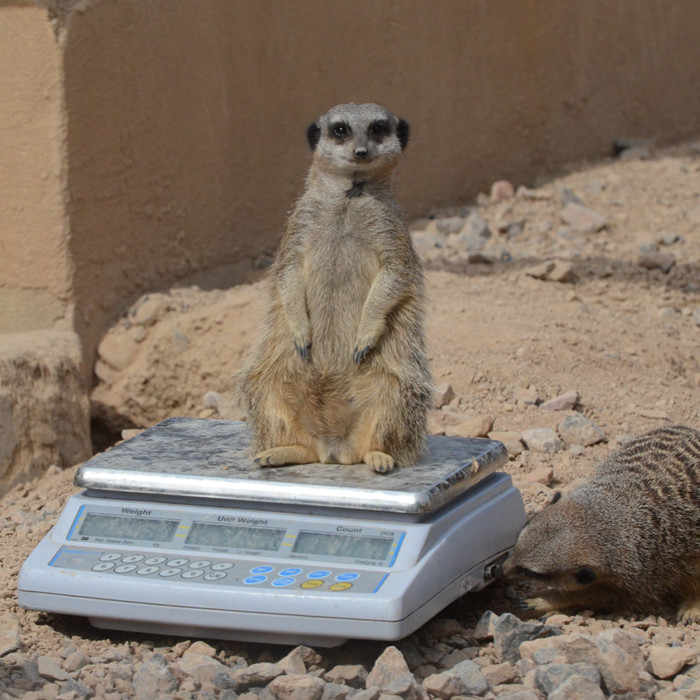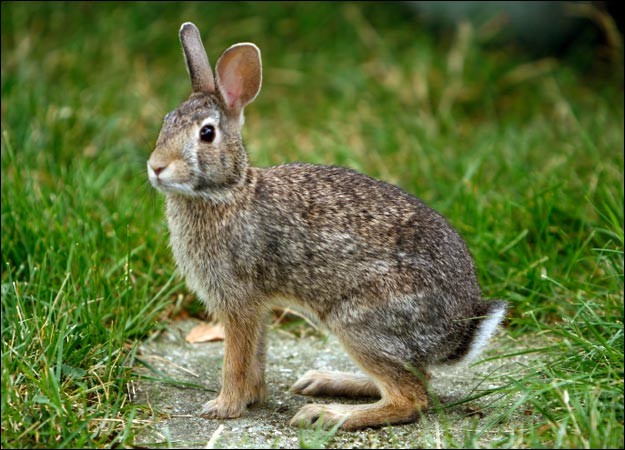B.
Loads of bulls
Behind the scenes
Looking out of the library window at the Kings Manor here in York I can see a bronze calf.
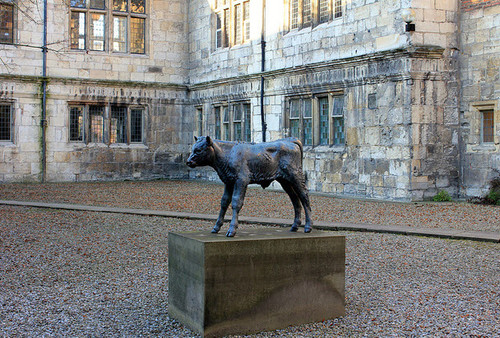
Sally Arnup Friesian calf Bronze. King's Manor, University of York
It's by Sally Arnup who has made a career out of animal sculpture which is sensitive without quite spilling over into sentimentality. This calf is minutes old, is still wobbling and his hooves have only the most delicate connection to the ground.
It made me think just how many public art bovines there are in the world. For a start there is Arturo Di Modica's big angry bull in Wall Street:
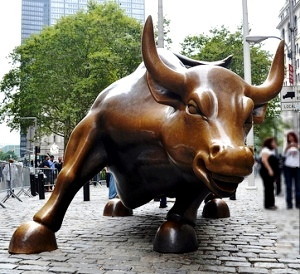
Arturo Di Modica Charging bull. Bronze. Wall Street, New York
And then there's Laurence Broderick's Guardian at the Bullring in Birmingham. He is said to be 'turning', but it always looks to me as though he has slipped and is looking back crossly to see what he has trodden in.
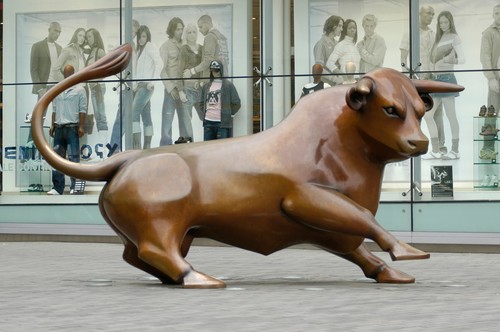
Laurence Broderick The Guardian. Bronze. Bullring Shopping Centre, Birmingham, England
And if you have ever driven in Spain, you'll know that these things are on every hilltop:
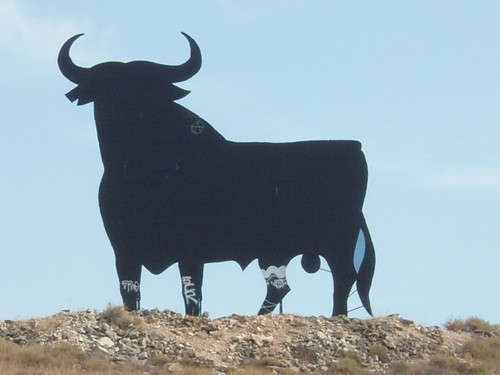
Google 'public art' and 'bull' and you'll find the world is full of them: from Singapore, to Coral Springs, Florida. So might Christchurch yet be added permanently to the list?
